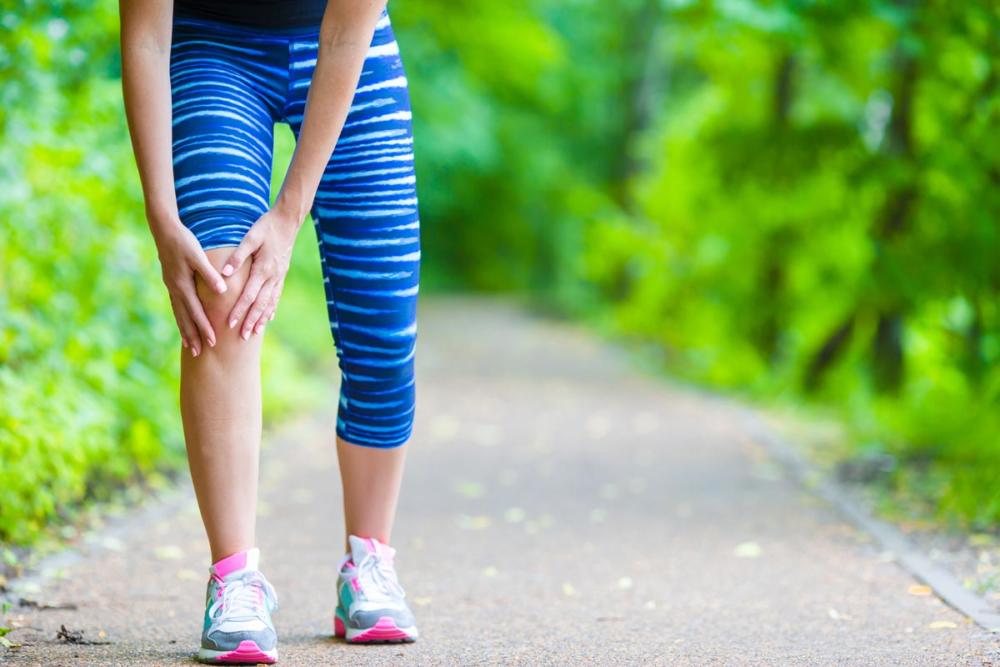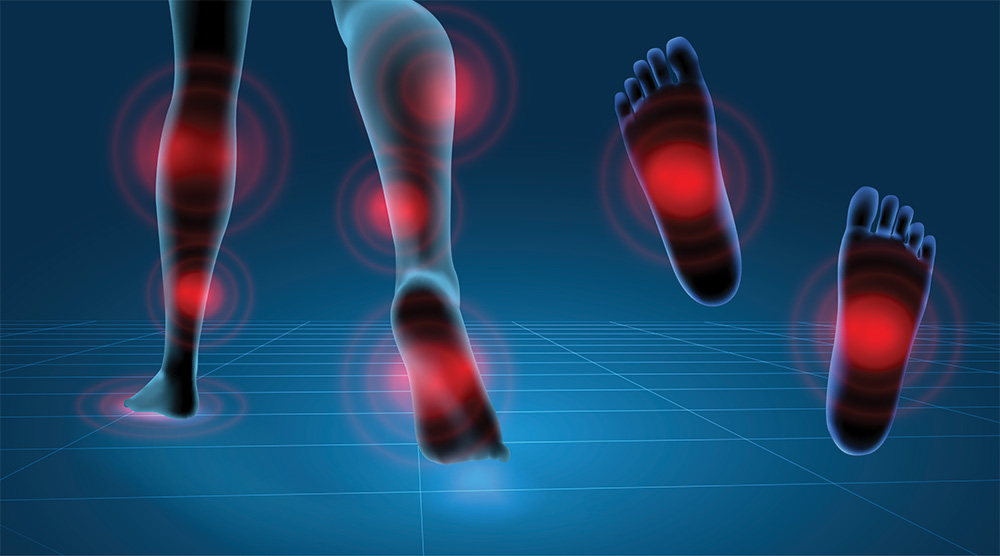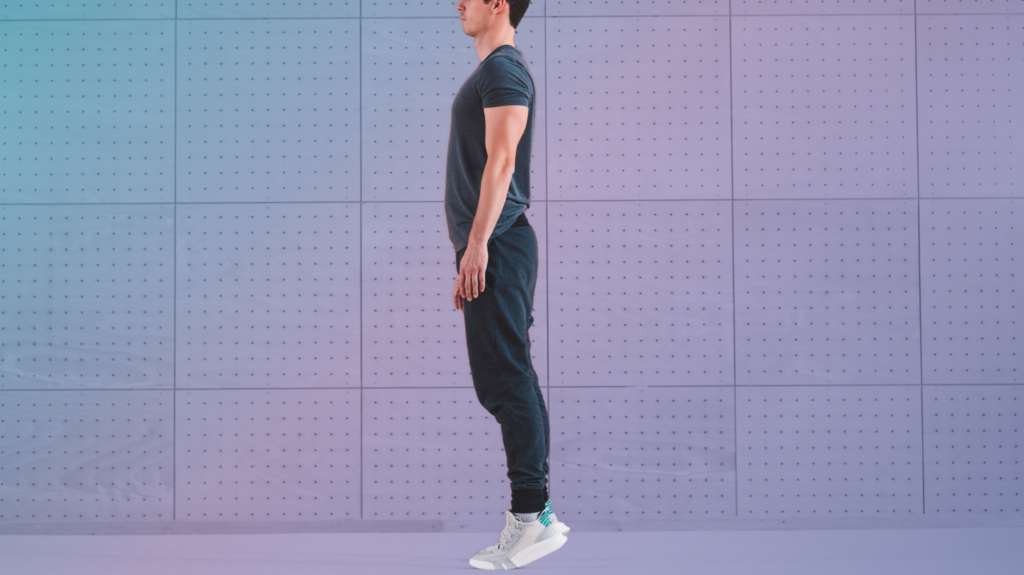Running is a popular form of exercise both recreationally and as a sport; however, there is always a risk of injury. Annually, 65 to 80 percent of runners obtain an injury, often a result of faulty movement patterns and decreased energy efficiency. A licensed physical therapist can perform a gait analysis to identify patterns and deficiencies.
The five most common running injuries are:
- Lower leg pain
- Iliotibial band syndrome
- Knee meniscus injury
- Plantar fasciitis
- Medial tibial stress syndrome

What is Gait Analysis?
Gait analysis is a technology-based method for identifying biomechanical abnormalities in the gait cycle. It’s a way of using video to capture and assess how you walk or run and is typically done by a licensed physical therapist or trained professional. The evaluation involves filming the patient running from three positions: front, back, and side. A physical therapist will also analyze the video in slow motion, using still frames and frame-by-frame motion assessment.
Analyzing running gait includes examining:
- How each joint is moving
- How specific muscles work to control movement
- How does one side of your body compare to the other side
- How do the values of joint angles at your trunk, hip, knee, and ankles correspond to normative values
Following a gait analysis, your physical therapist will explain any movement faults observed and recommend modifications. A trial period will be implemented where strategies target desired running mechanics modifications. Additionally, two to three verbal, tactile, or visual cues are used to support the new movement pattern. Interval training is added toward the end of the trial period. Patients are asked to run for one- to three-minute periods, during which the therapist will correct running until the pattern is learned.

Gait is more vigorous to the weakness of hip and knee extensors
Gait analysis is often coupled with an exercise plan to address weak muscles, stiff joints, and short or lengthened muscles. If you have weak gluteal and hip muscles, your knees might collapse and cause pain at the patella or joint line. Your therapist will cue you to run with increased space between your knees and add gluteal and hip strengthening exercises to your therapy program to address muscle weakness.
The Alter G Anti-gravity Treadmill
Physical therapists use the AlterG Anti-gravity Treadmill to analyze a patient’s gait and treat joint deficiencies. The anti-gravity treadmill uses air pressure technology to carefully and precisely reduce gravitational forces. The AlterG provides real-time data, pain recording, and live video monitoring, assisting physical therapists with customized treatment plans and allowing the patient to move without pain.
Schedule an appointment if you want to know more about gait analysis and how it might benefit you.




